Azores KnittingPrevious | Azores Knitting Index | NextHome |
|
Pita Lace All 6" in diameter. The Azores became a center for very fine knitted lace from pita fiber around 1840. Apparently they also made bobbinlace out of pita fiber, but I don't know of any examples. Pita is a product of the Century plant (Agave americana, aka American Aloe - although it is not a true aloe). It is native to Mexico, and was imported into the Azores by the Spanish. There was some variation in quality in the Americas, with finer fibers found in Central America. And excellent mythological and early history of this plant can be found at http://www.desert-tropicals.com/Articles/Agave/index.html. The name "Century Plant" was given because it seemed like a century before it bloomed - actually the time is about 15 years.
The fiber is extracted from the leaves much like flax is processed for linen. Leaves are gathered together, crushed and beaten, and left to ferment. The mass is immersed in water to further deteriorate the pulp. Eventually the leaves are separated, rubbed and scraped, and left to dry. The whiteness of the product depends on the care taken in preparation. Threads made from this plant tend to stand up to washing much better than those made from Aloe. Quite a similar process is used to extract the thread for piña cloth from pineapple leaves in the Philippines. purchased 12/09/2016 |
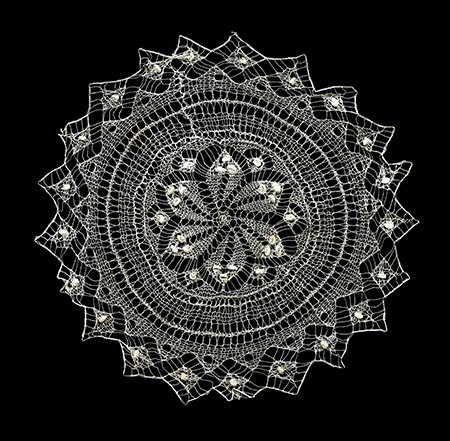
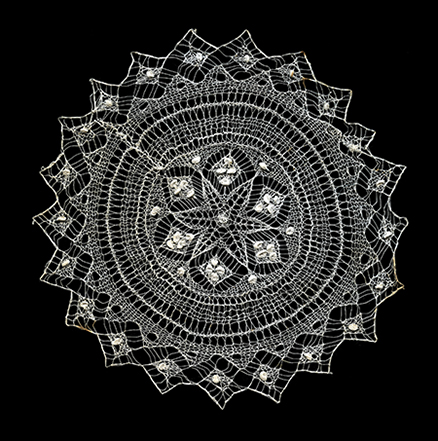
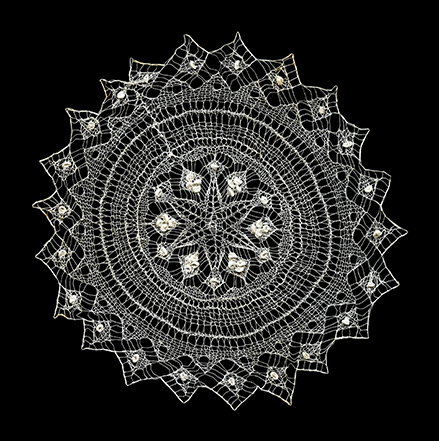
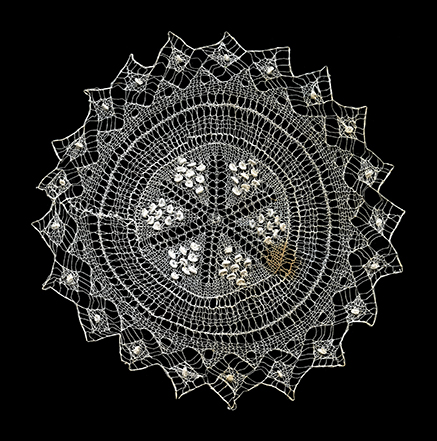
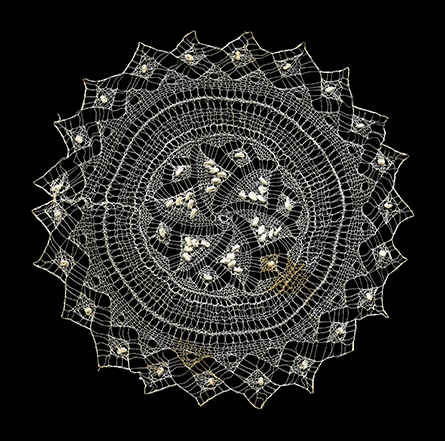
|
